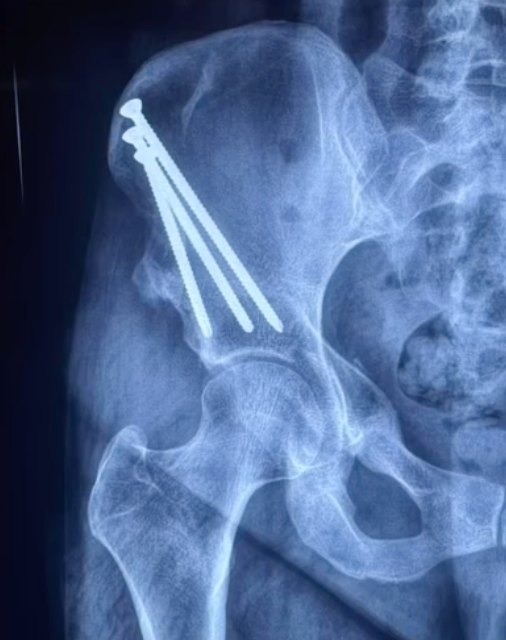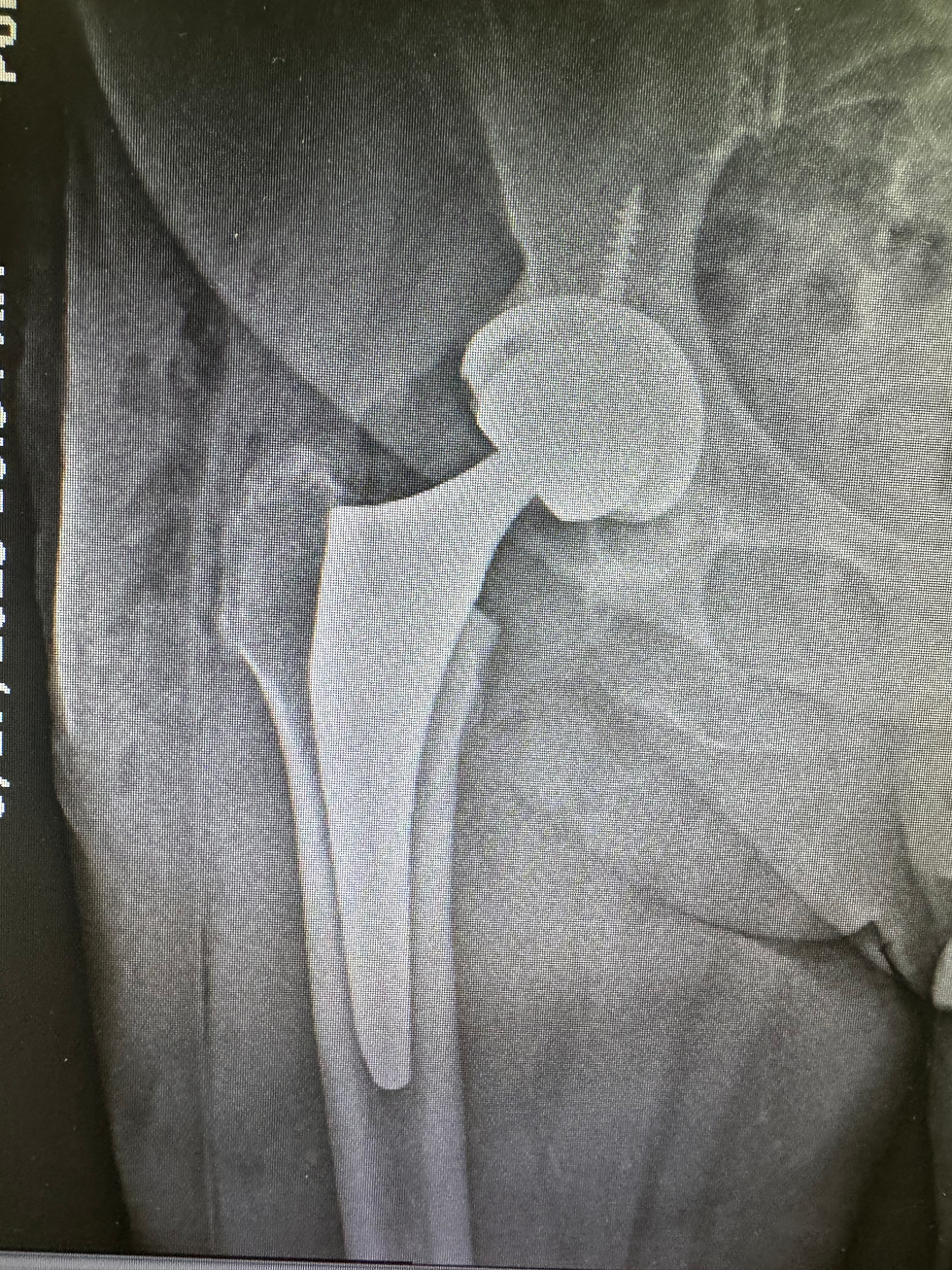Hip Dysplasia in Adults: Signs, Symptoms, Diagnosis, and Treatment Options
- Ariel Davila Parrilla

- Sep 23
- 3 min read
Hip dysplasia is often thought of as a condition that affects infants, but it can also be present — and even first discovered — in adults. In many cases, untreated or mild dysplasia during childhood progresses silently until symptoms appear later in life. Adult hip dysplasia can cause pain, joint damage, and even early arthritis if not properly treated.
At the Puerto Rico Hip Institute, we specialize in diagnosing and treating hip dysplasia with advanced surgical and non-surgical options designed to preserve hip health and restore mobility.
What Is Hip Dysplasia?
Hip dysplasia occurs when the hip socket (acetabulum) is too shallow or improperly aligned, meaning it doesn’t cover the ball of the hip joint (femoral head) adequately. This leads to:
Excess pressure on the labrum (the cartilage ring that stabilizes the hip).
Early wear and tear of the cartilage.
Increased risk of labral tears and hip arthritis.
Signs and Symptoms of Hip Dysplasia in Adults
Adults with hip dysplasia may experience:
Groin or hip pain that worsens with activity or prolonged sitting.
Clicking or catching inside the hip joint.
Stiffness and decreased range of motion.
A feeling of instability or “giving way.”
Early arthritis symptoms, such as pain with walking, climbing stairs, or sports.
How Is Hip Dysplasia Diagnosed?
Diagnosis requires a careful clinical evaluation and imaging:
Physical examination: checking hip motion, strength, and pain triggers.
X-rays: measure hip socket coverage and alignment.
MRI or MRI arthrogram: evaluates cartilage and labrum damage.
Specialist evaluation: hip preservation surgeons can identify subtle dysplasia that may be missed on basic imaging.

Treatment Options for Hip Dysplasia in Adults
Non-Surgical Treatments
In early or mild cases, conservative options may help manage symptoms:
Physical therapy: to strengthen surrounding muscles and improve joint stability.
Activity modification: avoiding repetitive high-impact movements.
Injections:
Corticosteroid injections to temporarily reduce pain and inflammation.
PRP injections to promote healing and reduce symptoms.
However, non-surgical care does not correct the structural problem. When dysplasia is significant, surgery is often required to preserve the hip.
Surgical Treatments
Periacetabular Osteotomy (PAO)
The gold-standard procedure for adult hip dysplasia. In this surgery, the surgeon repositions the acetabulum (hip socket) to provide better coverage of the femoral head.
Improves hip stability.
Protects cartilage from further damage.
Can delay or prevent arthritis.
Best suited for younger patients with preserved joint surfaces.


Hip Arthroscopy (in Select Cases)
If a labral tear or impingement is present, hip arthroscopy may be performed — sometimes in combination with PAO. Arthroscopy allows repair of the labrum and treatment of cartilage damage.

Total Hip Replacement
For patients with advanced arthritis or severe damage, total hip replacement is often the best option. Modern implants provide excellent outcomes, reducing pain and restoring mobility.

Recovery After Treatment
Non-surgical care: gradual improvement with therapy and activity changes.
After PAO: recovery involves a period with crutches, followed by progressive rehabilitation. Most patients return to work and activities in 3–6 months.
After hip replacement: many patients walk within days, resume daily activities within weeks, and enjoy long-term pain relief.
Why Choose Puerto Rico Hip Institute for Hip Dysplasia Care?
Dr. Ariel Dávila and the team at the Puerto Rico Hip Institute are experts in hip preservation and reconstruction. Patients benefit from:
Fellowship training in hip preservation surgery, including PAO and arthroscopy.
State-of-the-art imaging and ultrasound-guided injections.
Comprehensive treatment plans that combine surgical and non-surgical options.
A focus on restoring mobility and preventing long-term complications.
Schedule Your Consultation Today
If you are experiencing hip pain, stiffness, or instability, you may have hip dysplasia. Early evaluation and treatment can make a lasting difference in your hip health.
👉 Contact the Puerto Rico Hip Institute today to schedule your consultation with Dr. Ariel Dávila — Puerto Rico’s leading hip preservation surgeon.



Comments